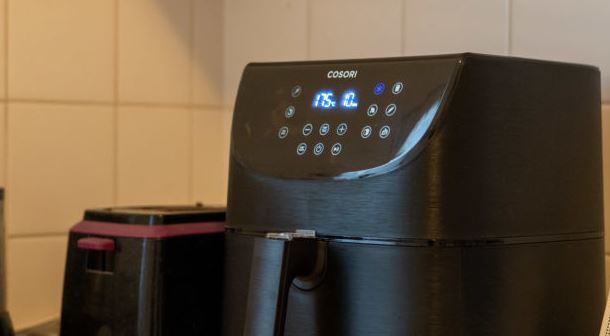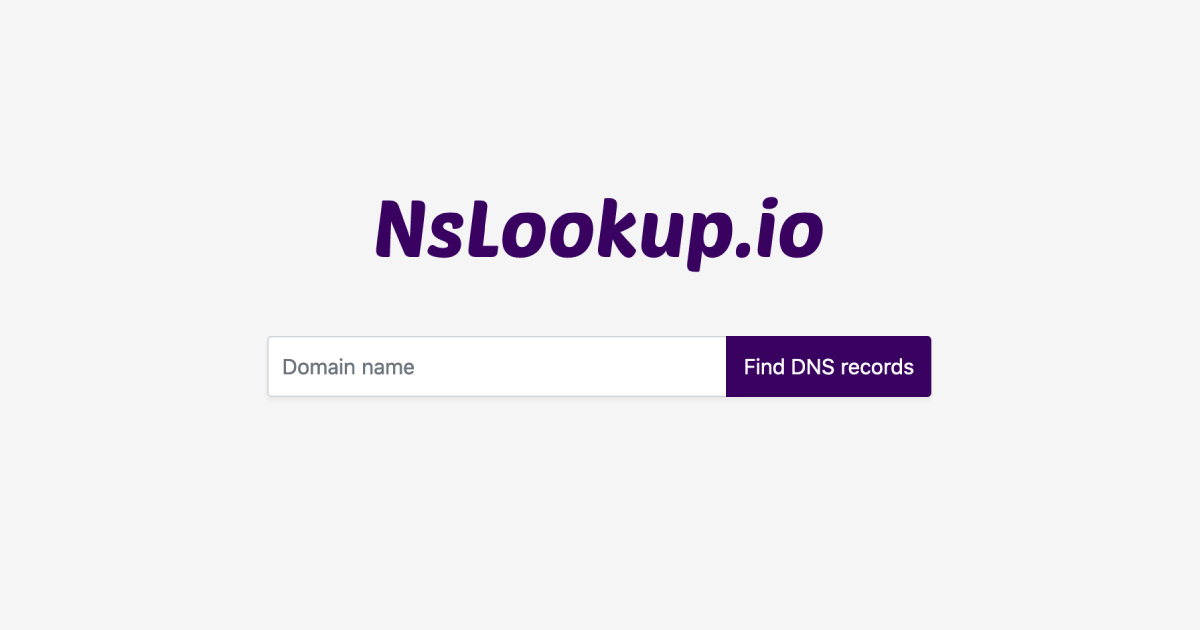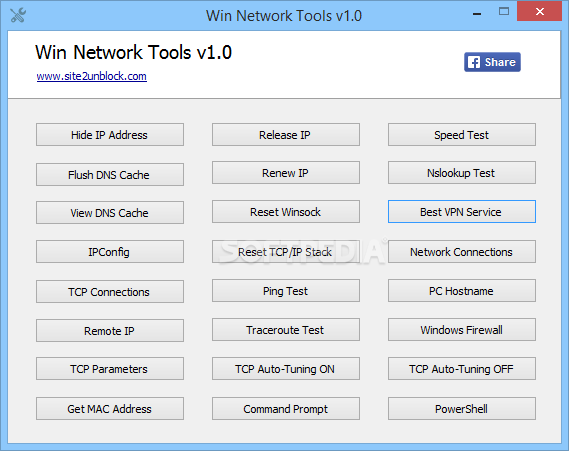


Specify the IP address or hostname for the target server.

Portprobe -Display the Transmission Control Protocol (TCP) or the User Datagram Protocol (UDP) port status (open or closed).AvgRTTs -Use AvgRTTs to display the average round-trip time (RTT) to the localhost.The server process then returns the required address to the client process. To resolve the address of a server in your network, a system sends information about its unique identifier to a server process executed on a server in the intranet. The Address Resolution Protocol (ARP) allows you to resolve hardware addresses. ARP -Use the arp command to map IP network addresses to the hardware addresses.You can query on several different types of information, including a server’s IP address, alias IP address, start-of-authority record, mail exchange record, user information, well-known services information, and other types of information. NSLookup -Use NSlookup to get detailed information about a name server on the network.Select traceroute6 to target an IPv6 address or hostname. Select traceroute to target an IPv4 address or hostname. The TIME_EXCEEDED responses and other data are recorded and displayed in the output, showing the path of the packet round-trip. Traceroute sends a packet to a destination server and receives an ICMP TIME_EXCEEDED response from each gateway along its path. Traceroute/Traceroute6 -Use the traceroute command to discover the path that a packet takes from Connect Secure to another host.Select ping6 to ping an IPv6 address or hostname. Select ping to ping an IPv4 address or hostname. You can ping unicast or multicast addresses, and you must include the target server name in the request. The ping command sends packets to a server and returns the server response, typically a set of statistics including the target server’s IP address, the time spent sending packets and receiving the response, and other data. In that case, contact your LAN administrator for help. In the event of a network failure between the local and remote nodes, you do not receive a reply from a pinged device. Ping/Ping6 -Use the ping command to verify that the system can connect to other systems on the network.Select a network troubleshooting command: Table 167: Network Troubleshooting Commands Configuration Guidelines Click OK to run the command and write the output to the screen.įigure 219: Network Troubleshooting Commands Configuration Page – Pulse Connect Secure.Complete the configuration as described in Table 167.Select Troubleshooting > Tools > TCP Commands to display the configuration page.įigure 219 shows the configuration page for Pulse Connect Secure.If a client can ping or traceroute to the access system, and the access system can ping the target server, any remote users should be able to access the server through the access system. You can use these connectivity tools to see the network path from the system to a specified server. You can run common network troubleshooting commands such as arp, ping, ping6, traceroute, traceroute6, NSlookup, and AvgRTTs from the admin console. You are here: Pulse Connect Secure > Pulse Connect Secure Administration Guide > System Management > Troubleshooting Tools > Using Network Troubleshooting Commands Using Network Troubleshooting Commands


 0 kommentar(er)
0 kommentar(er)
